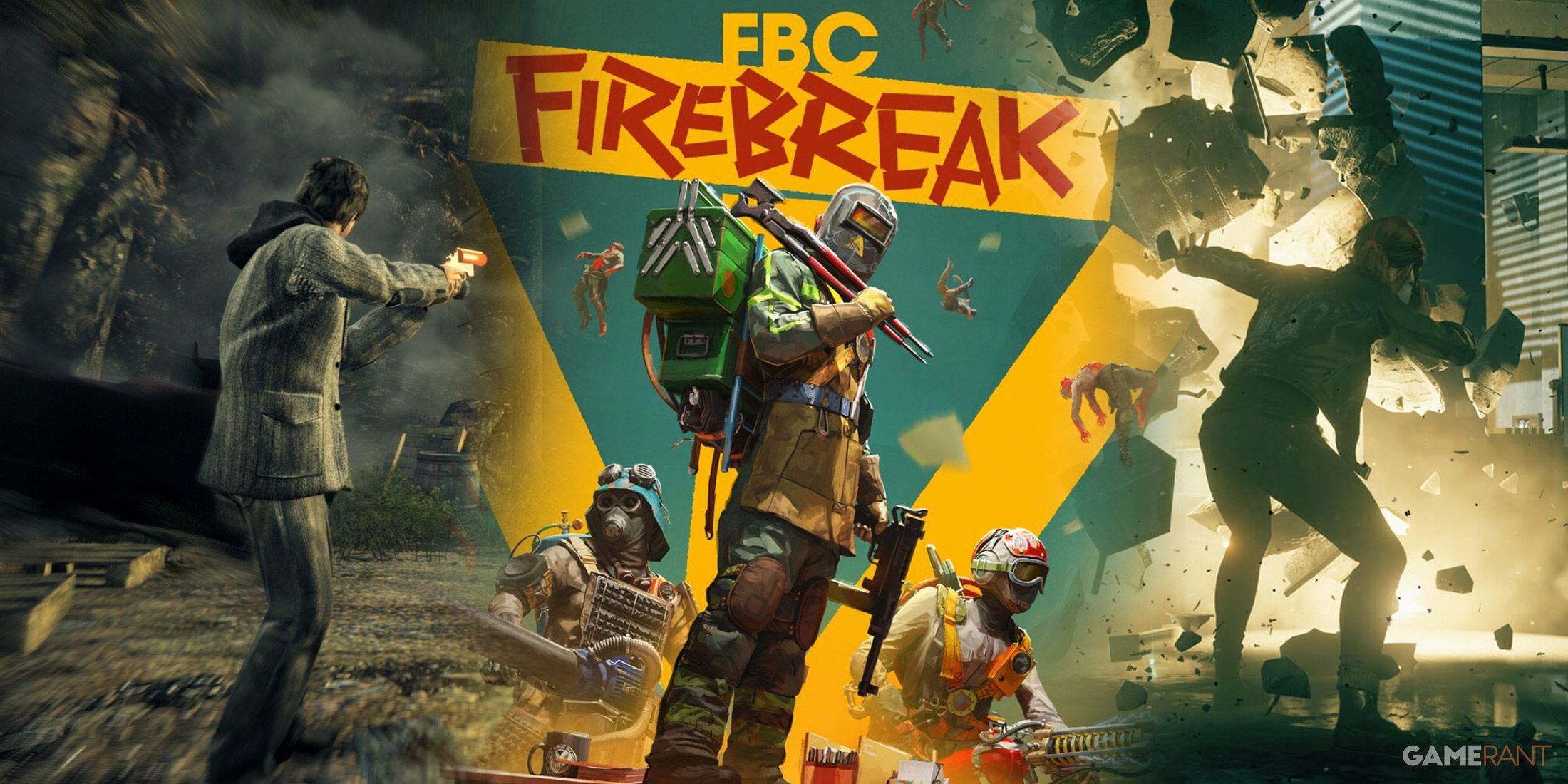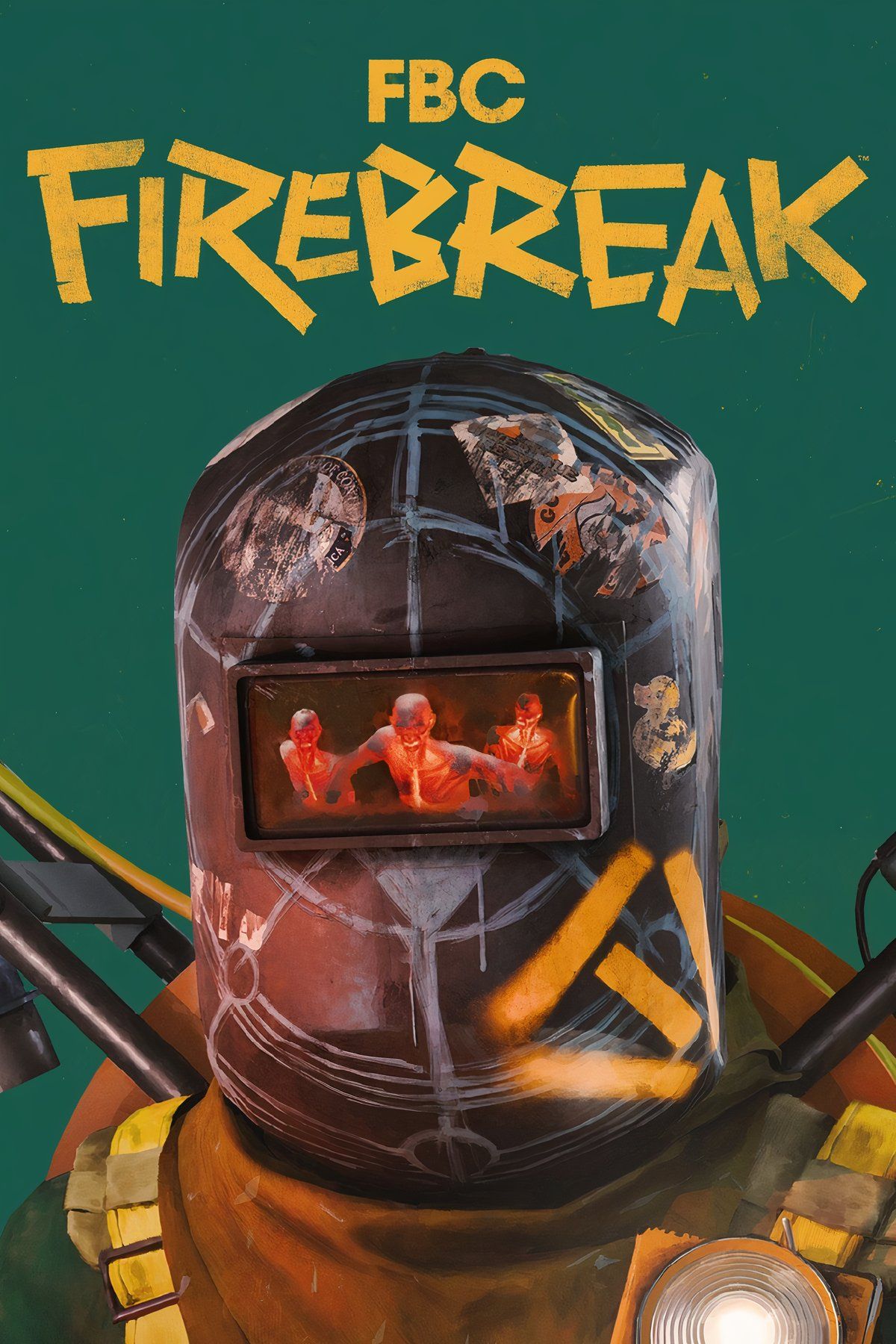FBC: Firebreak is a pretty big experiment for Remedy Entertainment, with the studio having never made a multiplayer-focused game in all of its 30 years of existence. It’s only natural, then, that Remedy would look to some of the biggest games in multiplayer right now for inspiration.
Extraction and horde shooters form the backbone of FBC: Firebreak‘s gameplay loop. Survival mechanics give Firebreak a unique edge. And Control‘s Oldest House setting gives it a distinct backdrop. But that’s not where FBC: Firebreak‘s inspirations end. One key portion of the game seems to be inspired by a staple of the MMO genre, and it’s usually when FBC: Firebreak feels like it’s firing on all cylinders.

Related
How FBC: Firebreak’s Review Scores Compare to Control, Alan Wake’s
FBC: Firebreak hasn’t had the strongest reception during its launch week, and its review scores mark quite the departure for Remedy Entertainment.
FBC: Firebreak’s Raid-Like Objectives Are Its Best
FBC: Firebreak’s Finales Are True Spectacles
FBC: Firebreak‘s missions follow a three-act structure. Each of FBC: Firebreak‘s five Jobs sees players begin by exiting an elevator and entering a large room. They’re promptly given an objective to complete, such as fixing some fans, destroying some sticky notes, or heating up some frost anomalies. Once completed, players will be asked to enter the next room, where they’ll complete the same objective while facing some new challenges.
After completing that second set of objectives, players are treated to a grand finale that’s unique to each Job type. These third and final acts come in a few different forms, such as Paper Chase’s boss fight against the gigantic sticky note monster Sticky Ricky, Hot Fix’s heatwave-spewing furnace that needs to be sealed with Black Rock barrels, or Ground Control’s rocket ship that needs to be defended during its launch sequence.
FBC: Firebreak‘s Frequency Shift feels like an exception to this, unfortunately. Its final act is essentially just a repeat of its second act, with very little gameplay or visual differences to set it apart.
Most of these finales look suitably spectacular, and they really embrace the otherworldly nature of FBC: Firebreak‘s Oldest House setting. Many of these set pieces are also given the stakes needed to make them feel like a satisfying conclusion to the mission, and a worthy payoff for the busywork that came before it. In many ways, FBC: Firebreak‘s final acts feel almost like MMO raids, which is something that’s only reinforced through its co-op gameplay.
FBC: Firebreak’s Finales Encourage Teamwork
While FBC: Firebreak is a co-op shooter, teamwork rarely feels necessary or rewarding, at least on difficulties below “Extreme.” Most objectives in Firebreak can be completed pretty easily solo, and though teammates can speed things up, they’re hardly ever a requirement for success.
That said, FBC: Firebreak‘s final acts do encourage teamwork far more than the acts that precede them. Given the larger scale of these final arenas, the greater threat posed by enemy forces, and the longer nature of the objectives given, teams are heavily encouraged to stick together, think strategically, and coordinate their actions.
For instance, during the Sticky Ricky boss fight, one player with a Fix Kit is needed to repair power lines while another needs to spray water on Ricky and the other needs to electrocute him. Players can get by without coordinating, but it’ll take them much longer, and it’ll lead to a lot of unnecessary deaths.
The high stakes, impressive presentation, and encouragement of teamwork combine to make these moments some of FBC: Firebreak‘s most memorable.

FBC: Firebreak
- Released
-
June 17, 2025
- ESRB
-
T For Teen // Violence, Blood
- Engine
-
Northlight Engine
- Multiplayer
-
Online Co-Op
- Number of Players
-
1-3

